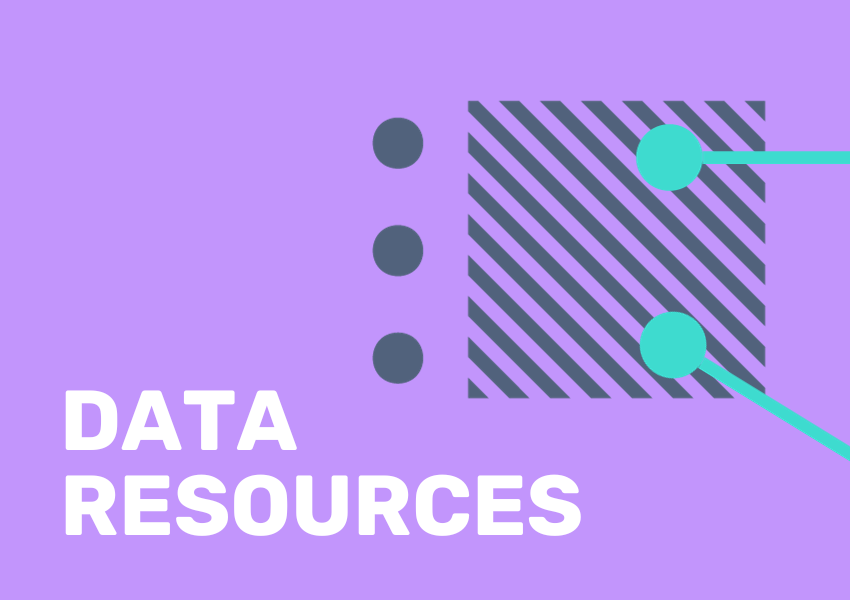
Local Insight contains a number of benefits data indicators from the Department for Work and Pensions (DWP). These indicators are useful for understanding labour market activity and vulnerable groups in your areas.
This blog will inform you of the changing landscape, such as the move to Universal Credit, so that you can use these datasets with confidence. We also provide recommendations for which benefits data indicators to use in Local Insight for different topics.
Read on to find out about:
In the early 2010s, the DWP began a major reform of the benefits system, moving away from multiple benefits payable to people with different needs towards a single benefit – Universal Credit (UC).
The full-service rollout was completed in 2018. However, the managed migration of existing benefit claimants was delayed by the pandemic and is incomplete. As a result, some people are still receiving the benefits that preceded UC, sometimes referred to as ‘legacy benefits’. This includes Jobseekers Allowance (JSA). As this affects those that have been claiming Job Seekers Allowance on a long-term basis, using UC alone may exclude many long-term unemployed from the figures. Migration is uneven across different parts of the country. The House of Commons Library regularly releases data on how far the rollout has progressed.
As a result of the ongoing migration to UC, it can be difficult to know which DWP indicators to use. For example, looking solely at people in receipt of UC may miss groups of people who are still on the legacy benefits. To mitigate this, Local Insight includes a number of indicators that contain benefits data combinations to cover people on legacy benefits as well as those receiving UC. This includes the below indicators:
This indicator gives the most comprehensive figures at a local level of those that are currently unemployed. You may also see this referred to simply as the ‘claimant count’. This figure is a combination of JSA claimants and a subset of Universal Credit claimants, which covers those that are required to seek work and be available for work.
Local Insight also contains a subset of this indicator that shows Youth unemployment (18-24 receiving JSA or Universal Credit).
How often it’s updated: Monthly
This indicator shows the proportion of people of working age receiving DWP benefits. In this dataset, the working age is defined as people aged 16-64 (this is the denominator that the DWP uses).
Working age DWP Benefits are benefits payable to all people of working age (16-64) who need additional financial support due to low income, worklessness, poor health, caring responsibilities, bereavement or disability.
How often it’s updated: Quarterly
This shows the total benefit combinations for individuals that claim Out of Work benefits. Out of work benefits are defined as being on at least one of the following benefits: Jobseekers Allowance (JSA), Employment and Support Allowance (ESA), Incapacity Benefit (IB), Severe Disablement Allowance (SDA), Income Support (IS) where Carers Allowance (CA) not also in payment, Pension Credit (PC) where Carers Allowance (CA) and Universal Credit (UC) conditionality regime is one of Searching for Work, Preparing for Work or Planning for Work.
How often it’s updated: Quarterly
Shows the total benefit combinations for State Pension Age individuals. The benefit combinations shown in these statistics do not cover every possible combination. This does not include those that claim State Pension Only. Currently, this indicator uses 65 as the State Pension Age, this is set by the DWP.
How often it’s updated: Quarterly
The previous indicators are all published directly by DWP. The People receiving Disability Benefits indicator is a derived indicator created by our Research Team at OCSI. It combines people receiving the legacy Disability Living Allowance benefit with the new style Personal Independence Payment (PIP).
How often it’s updated: Annually
This suite of benefits data combination indicators is useful for a number of reasons:
You can view trend data for unemployment within the reports, both in the Summary Report [Subscription only link] and through creating a custom report [Subscription only link] using the Economy (unemployment and wider worklessness) theme.
You can download the underlying data for the timeseries from the interactive HTML report.

As we enter the UK’s summer months, we’re looking at the ways…
More
Active Essex, in partnership with Essex County Council and Thurrock Council,…
More
Local Insight is now hosting over 330 new indicators from Scotland’s 2022…
More